
my works | programming
universe sandbox
Universe Sandbox
An interactive solar system simulator that demonstrates the beauty of gravity.
Download now at universesandbox.com
Smash planets together, introduce rogue stars, and build new worlds from spinning discs of debris. Fire a moon into a planet or destroy everything you've created with a super massive black hole.
You can accurately simulate our solar system including the 8 planets and 160+ moons or setup your own fictional scenario. Tinker with your creation or sit back and watch the effects of gravity unfold.
It's fun, accessible, and easy to use. It even has working Wiimote support.
The images on this page were taken on January 2008 and don't represent the latest updates.
Visit universesandbox.com for the latest information.
Written by Dan Dixon. Powered by Truevision3D.

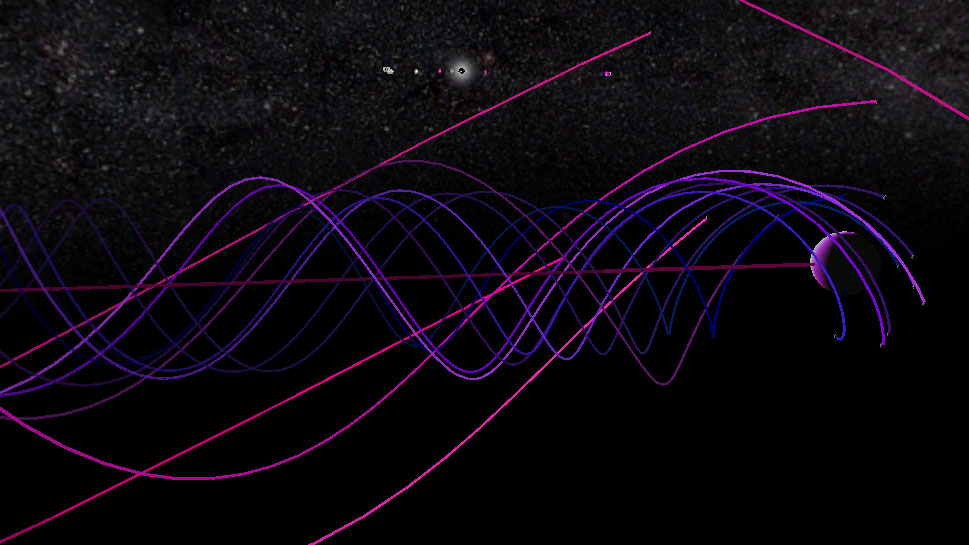
Uranus and its moons, other planets visible in the background.
(Moons and planets are often drawn larger so they are visible.)

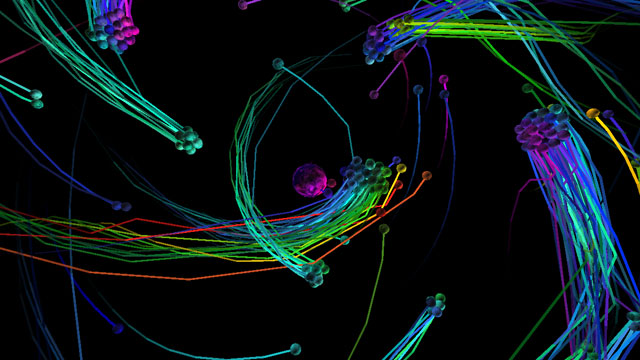
Hundreds of moons interacting...


Interacting Galaxies.


Our solar system, including several of the major asteroid belt objects.

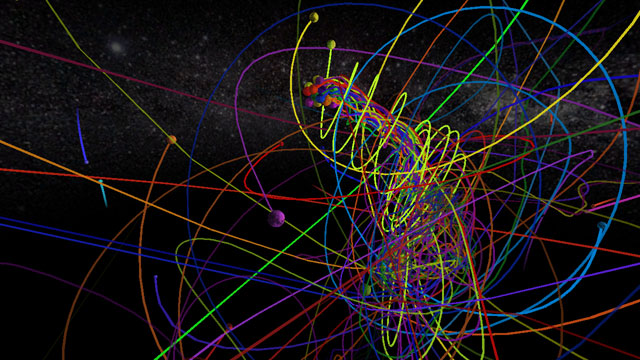
The yellow moon is in a tight orbit around a clump of similarly sized moons.

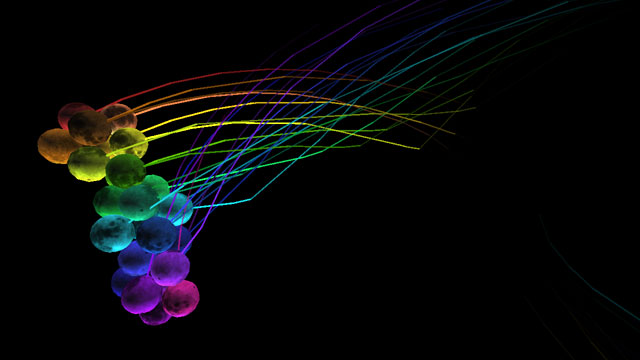
A clump of moons stretched out by its spin and colored by velocity.

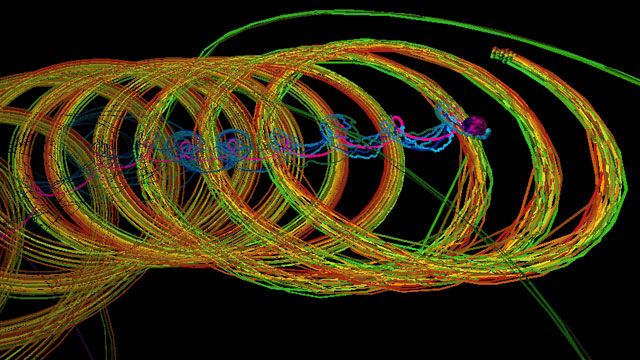
A clump of moons orbiting a purple earth.

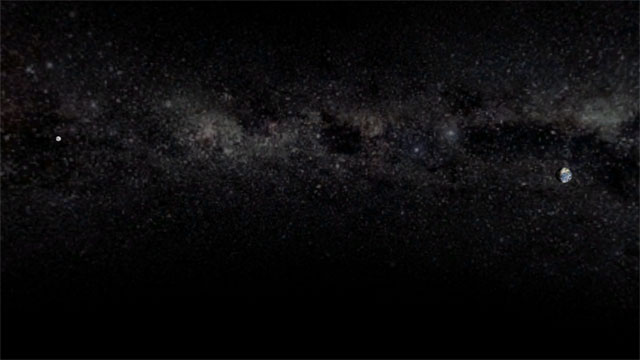
The Moon & Earth to scale. It's further away than you think.

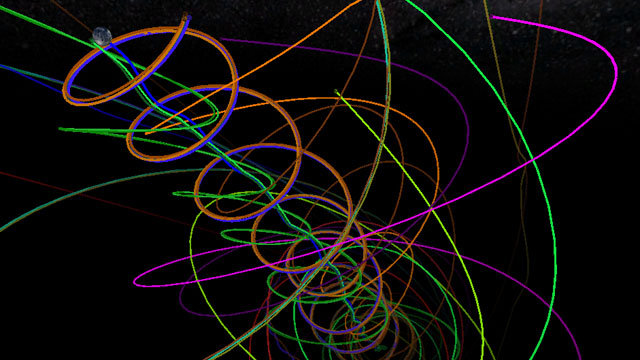
You can see the effect of the blue and orange moons on the earth from its wavy path.

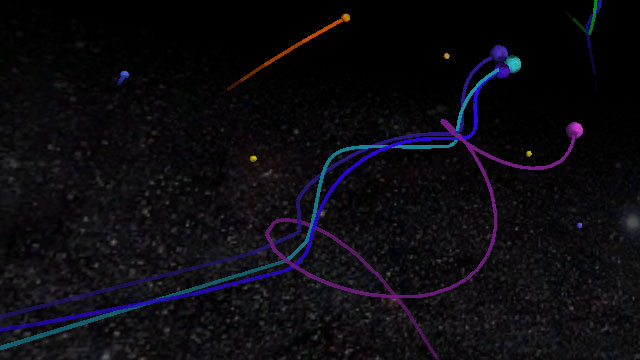
The single purple moon has been captured in orbit of the three moon cluster.

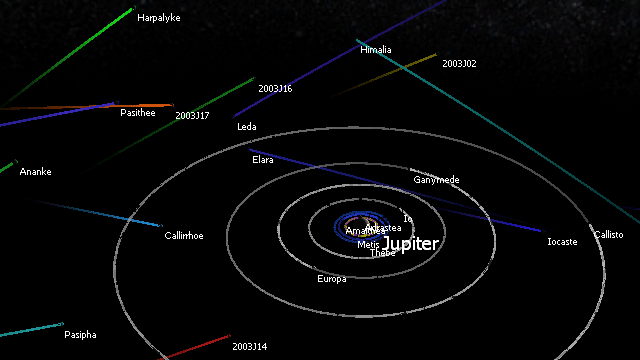
The regular and irregular moons of Jupiter.
Distances are to scale but the moons are drawn larger in order to be visible.

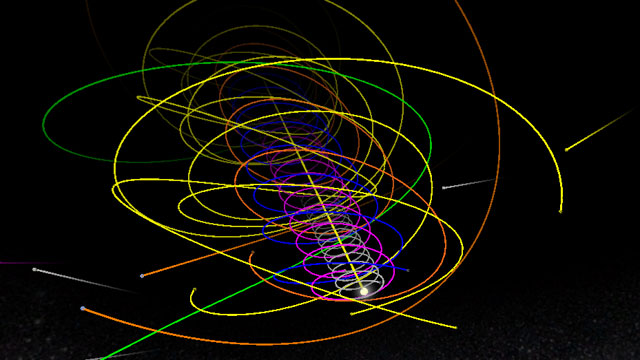
Our solar system traveling through space.
Gravity
Gravitation is one of the four fundamental forces of our universe* and a relatively simple concept. I'm amazed at how something so simple can create such amazingly intricate and fascinating results.
Here's the basic concept: Everything (that has mass) pulls everything else toward it. You can calculate how much pull is exerted by a planet on a moon by taking the planets mass and dividing it by the square of the distance of these two objects. G is the gravity constant and is dependant on what units you use for force, mass, distance, & time. Here's the math: Force is the distance the moon gets moved toward the planet each second.
| Force on the moon = | (Mass of the planet) x (G a constant based on your units) |
| (Distance from the moon to the planet)2 |
The force on the moon by the earth is about 2.5 millimeters (mm) per second. And then swap the objects represented by mass and force and calculate it again. Now we find that the force on the earth by the moon is about 0.003 mm per second.
The reason the earth and the moon don't collide is because the moon is already moving perpendicular to the earth at a little over 1000 meters per second. It's those 2 numbers (2.5 mm & ~1000 m) that make for a near circular orbit around the earth.
* Electromagnetic, Strong, and Weak are the other fundamental forces. Gravity, as it turns out, is the weakest force of the four.
